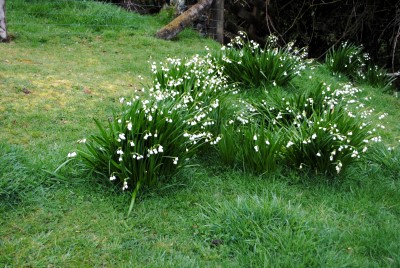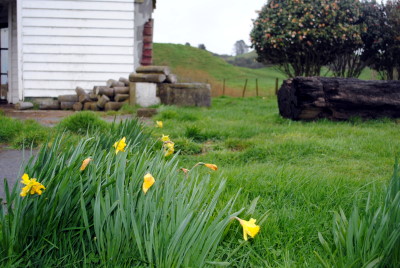
It is just two weeks before the Spring Equinox. Today it’s raining and blowing a gale. I wonder how best to “celebrate” this blog’s 1400th story.
Putting on a warm pullover and raincoat I went up the little hill at the back of my house where there are the ruins of a home. The derelict house was built in the late 1800s. Growing in the field around the house are clumps of now wild daffodils and snowdrops, all in full flower. The field was once a garden. There is a grove of camellia trees in full bloom, red and white. The abandoned kitchen cupboard hides a few old preserving jars and a starling’s nest.
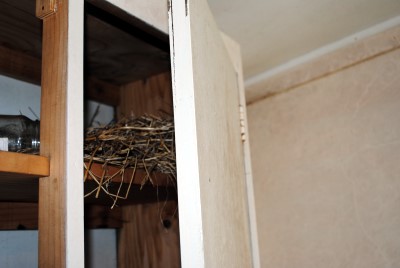
The farming Hamblyn family used to live there. It was there that Charles and Mary Hamblyn began their married life in 1887. The excitement of breaking in new land! From wild forest to farm! From flooding quagmire to dairy cows! It was there they had their thirteen children. Two children died in infancy, but by 1905 there were eight healthy sons and three healthy daughters! Here’s a little information on some of them…
William Charles Hamblyn: the oldest son, a cheese-maker at the factory down the road, left for France on the 9th December 1916. Killed in France on the 9th of June 1917.
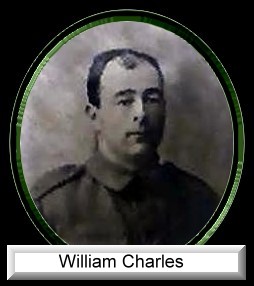
James Edward Hamblyn: the second son, a farm hand, left for France on the 13th April 1916. Missing, later declared killed in France, on the 9th September 1917.
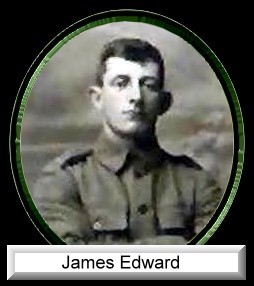
Henry John Hamblyn: the third son, a farm hand, left for France on the 5th of March 1916. Missing, later declared killed in France, on the 3rd of October 1916.
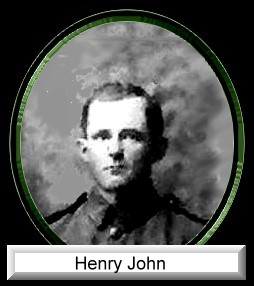
Thomas Day Hamblyn: the fourth son, a farm hand, left for France on the 9th December 1916. Killed in France on the 9th of June 1917, the same day as his oldest brother.
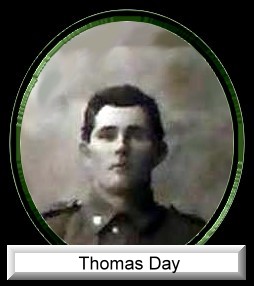
Richard Ernest Hamblyn: the fifth son, a farm hand, left for France on the 18th September 1916. On the 28 November 1917, declared “No longer physically fit for war service on account of illness contracted on active service”.
Frederick Leonard Hamblyn: the sixth son, a farm hand, left for France on the 28th September 1917. On the 4th of October 1917, classified as injured with an "indeterminate disability”. The authorities believed that four brothers killed and another ill was enough.

Before the two surviving veteran sons could return to New Zealand, father Charles and youngest brother Osborne died back home in the 1918 flu epidemic.
I wonder who planted all those daffodils and snowdrops? Who established the grove of red and white of camellias? Was it Mary the mother, or the sisters Winifred, Bessie and Letitia? Perhaps it was their brother, Harold, who never went to war, or Richard and Frederick who came back. Perhaps it was the children themselves in an earlier time. Perhaps it was their father. Maybe even grandchildren.

Few remember the family of course. But there’s a remnant of memory in those flowers each year at the end of winter. In the field next to the old house a cow has had a calf. It’s a girl! It is two weeks before the Spring Equinox. It’s not a platitude to say new life begins to spin out of control.
